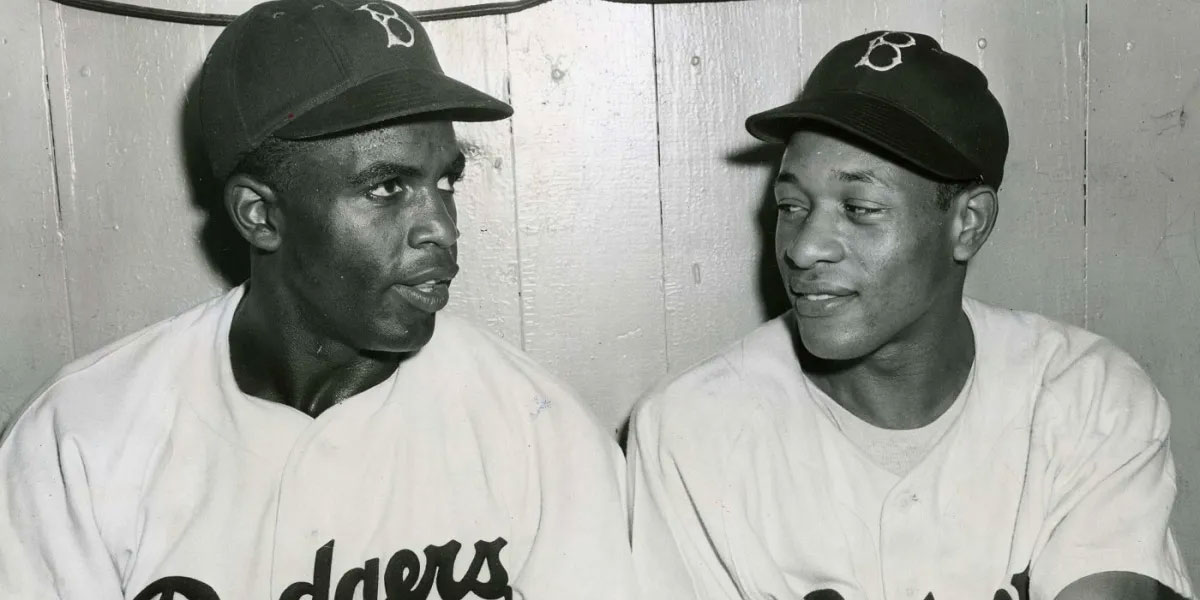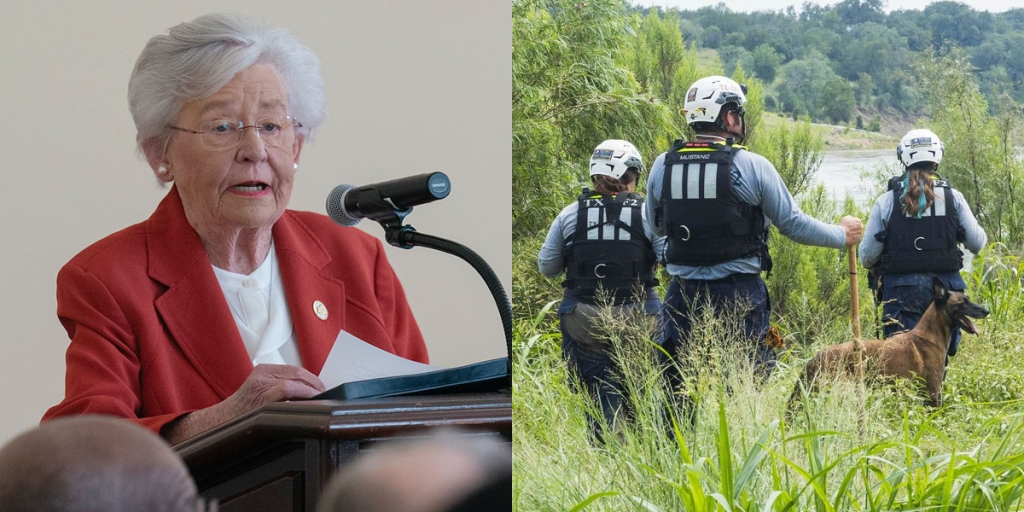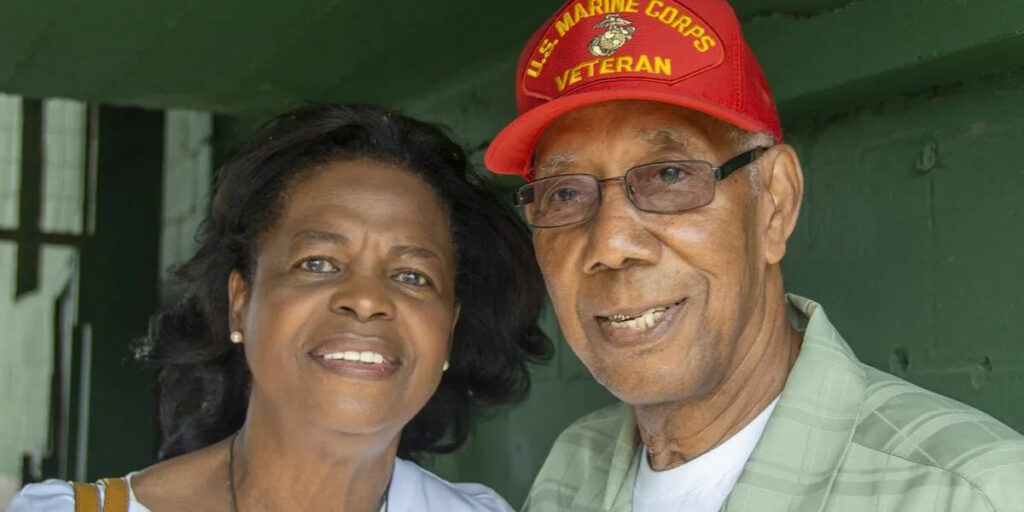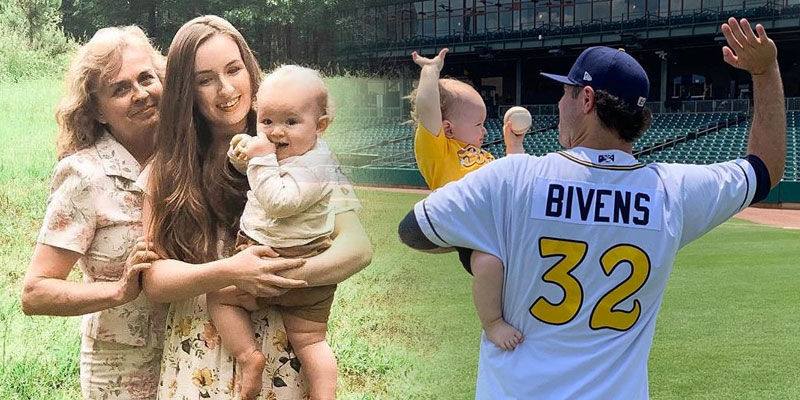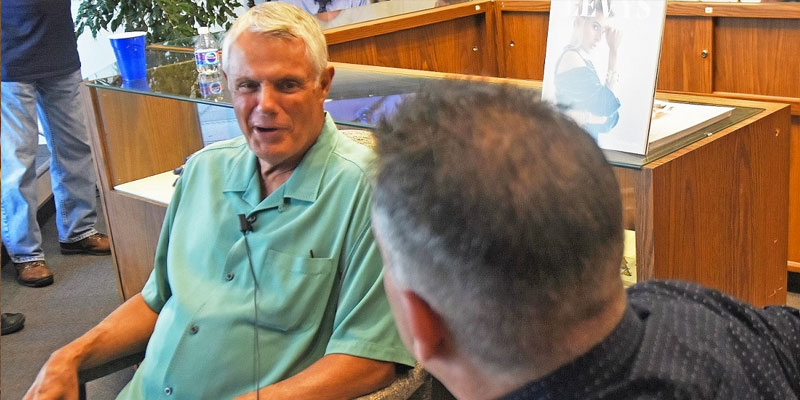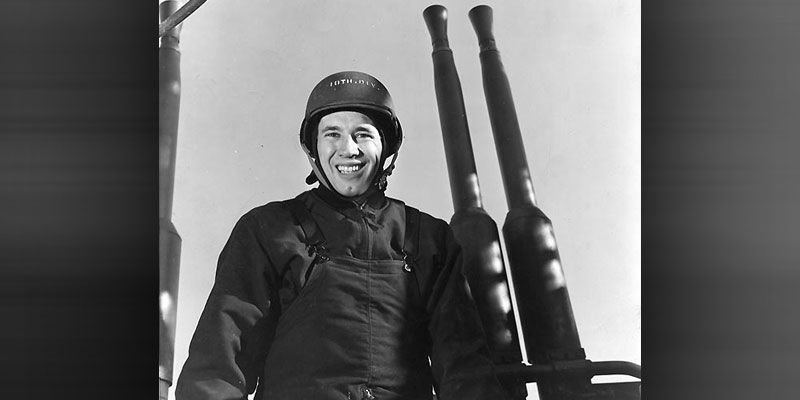Seventy-five years after breaking the “color barrier” as major league baseball’s first black player, Jackie Robinson remains at least passingly familiar to most Americans.
In a career that lasted from 1947 through 1956 – all with the Brooklyn Dodgers – Robinson was unquestionably great. He appeared in six All-Star games, won the National League’s Rookie of the Year award in 1947 and its Most Valuable Player award in 1949, compiled a .313 lifetime batting average and set a single-season record for most double plays turned by a second baseman that stood for 15 years. He was enshrined in the Baseball Hall of Fame in 1962.
Less well remembered is the name and career of Dan Bankhead, the first black pitcher to play in the majors. A native of Empire, Alabama, a coal-mining community in Walker County, approximately 30 miles northwest of Birmingham, Bankhead was the middle brother in a family of five boys and two girls. All five brothers played in the Negro Leagues and variously with teams in professional leagues from Canada to Venezuela.
In the spring of 1940, the 19-year-old Bankhead tried out for the Birmingham Black Barons at shortstop and third base, but his powerful arm prompted the team to sign him as a pitcher. During the next two seasons and a small portion of a third, he compiled a record of 8-3 with an impressive earned run average of 3.09 (given the notable spottiness of record-keeping for the Negro Leagues, these numbers almost certainly do not reflect his full statistics). He pitched well enough in 1941 to be selected for the Negro Leagues’ East-West All-Star game at Chicago’s Comiskey Park, where he tossed two scoreless innings. Like many players of the era from both the Negro and Major Leagues, he played that winter in Puerto Rico.
Early in the 1942 season, Bankhead enlisted in the Marines and was stationed at Camp Lejeune, North Carolina. Though part of an all-black unit, he became a member of the Montford Point baseball team, the Marines’ first integrated squad, which remained in the United States for the duration of the war, touring the country to boost morale and support for the troops overseas. Bankhead rose to the rank of sergeant and was honorably discharged in June 1946.
Leaving the military, Bankhead was signed immediately by the Memphis Red Sox, like the Barons a member of the Negro American League. The Red Sox finished fifth in the NAL, but Bankhead had a 7-3 record and led the league’s pitchers in strikeouts despite playing only about half a season. The hard-throwing righty returned to Puerto Rico that winter, going 12-8 and leading the league in strikeouts there as well.
In 1947, Bankhead was back in Memphis for most of the year. Pitching for the Red Sox – on a team that also included his brother, Fred – Bankhead again was selected for the NAL All-Star game that July in Chicago. Before a crowd of more than 48,000, he allowed one run in three innings and was credited as the winning pitcher for the West team.
Meanwhile, locked in a pennant race during Jackie Robinson’s historic first year in the majors, the Brooklyn Dodgers found themselves short of quality pitching. They had been scouting Bankhead, and on Aug. 22 Branch Rickey, president and general manager of the Dodgers and the man responsible for Robinson’s breaking the color barrier, went to Memphis to see the big righthander for himself. Bankhead did not disappoint, striking out 11 and winning his 11th game of the season against five losses. The Dodgers purchased Bankhead’s contract from Memphis, and four days later, he became the first black pitcher to appear in a major league game.
Bankhead’s debut was less than auspicious. Appearing in relief, he allowed 10 hits and eight runs in 31/3 innings. Still, he managed to make the occasion notable by hitting a home run in his first major league at bat, only the fourth pitcher to accomplish that feat.
That proved to be the high-water mark of the season for Bankhead, as he appeared in only three more games, ending the year with no decisions and a 7.20 ERA. He remained on the roster for the World Series against the New York Yankees, but his only appearance was as a pinch-runner in Game 6, which the Dodgers won. Brooklyn went on to lose the decisive seventh game and the series.
In 1948, Bankhead went to spring training with the Dodgers, which was held in the Dominican Republic rather than Florida that year, marking the first time white and black players stayed in the same hotel during training. But when the team broke camp and headed north for the season, Bankhead was assigned to the minor leagues.
Trying to work his way back to the majors over the next two seasons, Bankhead put together an excellent combined record of 40-12, leading his league in strikeouts both seasons and earning comparisons to Bob Feller, long considered the fastest pitcher in the majors. But he developed a growing reputation for wildness, walking 170 batters against his league-leading 176 strikeouts in 1949, while also beginning to experience chronic soreness in his arm.
Still, Bankhead emerged from spring training in 1950 with a spot on the Dodgers’ roster. A month into the season, he was in the starting rotation. He won his first four decisions, including a six-hit shutout of St. Louis at Brooklyn’s historic Ebbets Field. Then, his arm problems flared again. A newspaper report speculated that Bankhead might need surgery, but though he started his last game that July 31, he continued to pitch in relief. He appeared in a total of 41 games, finishing the season with a 9-4 record.
Those nine wins would be all Bankhead earned at the major league level. He started the season with the Dodgers again in 1951, but his arm troubles had only grown worse. He pitched just 14 innings – in which he walked 14 batters and gave up 24 runs – and he was back in the minors before the end of July. He finished the season unimpressively in Montreal and then, perhaps inadvisably, pitched in Puerto Rico that winter. He returned to Montreal for the 1952 season but pitched ineffectively and was released by the Dodgers organization in July.
Bankhead’s major league career was over, but he would continue playing and managing – mostly in the Mexican Leagues – until 1967. No longer able to rely on his once-blazing fastball, he switched to playing in the field and pitching mostly in relief. He earned his last win as a pitcher in July 1966, at the age of 46. After managing briefly in the 1967 season, he left the game for good, settling in Houston.
A longtime smoker, Bankhead developed lung cancer in the early 1970s. He died on May 2, 1976, one day short of his 56th birthday. In an article published on the blog of the Los Angeles Dodgers, Ray Doswell, vice president and curator of Kansas City’s Negro Leagues Baseball Museum, spoke about the importance of remembering Bankhead’s life and career.
“His story needs to be told in understanding the full scope of the integration of baseball,” Doswell said. “Not every Black player became a superstar. I think it humanizes all of the stories, and just the effort itself could be seen as heroic. He deserves to be remembered in this lens.”
(Courtesy of Alabama NewsCenter)




